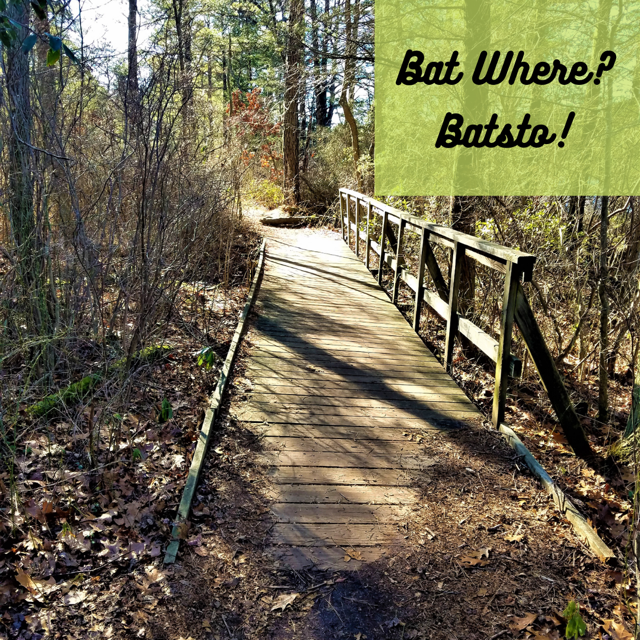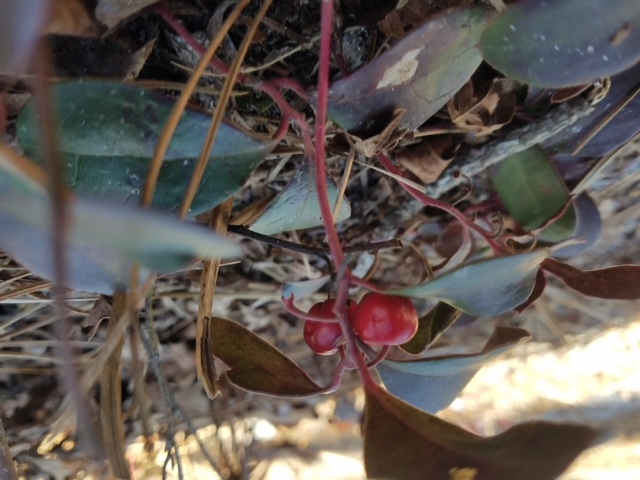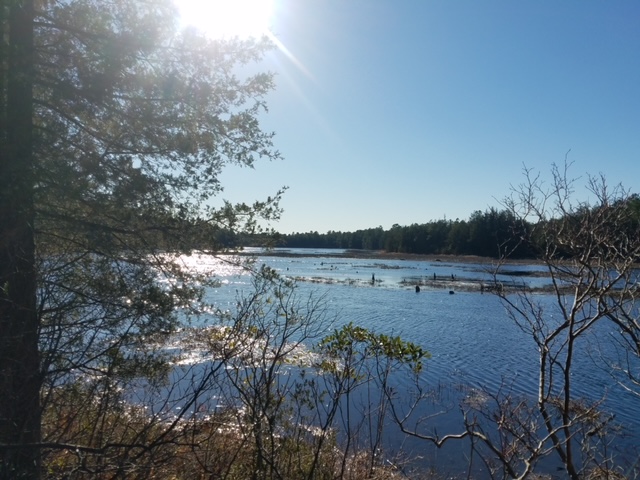Traveling Adjunct March 2021
03/24/2021

Bat Where? Batsto!
Nestled in the heart of the Pine Barrens of Southern New Jersey, is Wharton State Forest. Great for hiking and mountain biking. Wharton State Forest or Batsto, as most people call it, is perfect for an easy day hike.
So why do they call it Batsto?
Wharton State Forest covers a lot of ground –122,880 acres in the Pine Barrens of southern New Jersey - yup, you read that right. It’s the largest single tract of land within New Jersey. And sitting on that land is the historic Village of Batsto. And Batsto Village dates back to about 1766. During the 1800’s it was the center of glassmaking and bog iron production (aka, pig iron and/or iron ore). While Batsto Village isn’t the only historic village or site in the Pine Barrens, it’s probably the most well known. The Batsto Natural Area covers 9,449 acres and several trails begin at the Village, so just about everyone, including me, refers to the general area as Batsto, whether they’re talking about the Village or not.... and it's on Batsto Road, so..
Where is it?
Wharton State Forest is in southern New Jersey covering parts of Atlantic, Burlington and Camden counties. Technically, I supposed it's located in Hammonton, aka, "the Blueberry Capital of the World".
What’s there to do?
If you’re into the outdoors, it’s the place to be. There are rivers and streams for canoeing and tubing, hiking, mountain biking, wildlife observation, just to name a few things. You can also camp and swim in certain areas.
We didn’t have a tone of time, so we did the Batsto White Trail. It was roughly a two-mile hike. When I say “hike”, it’s important to mention that the Pine Barrens are super flat and sandy. You’re not mountain climbing, folks. It’s just a relaxing walk in the woods.
What can you see?
Besides the scenery being beautiful, you’ll see tons of while life! Bald eagles, red-tailed hawks, marsh hawks, ospreys, great blue herons, swans, screech owls, great-horned owls, bluebirds, hummingbirds, purple martins, goldfinch, turkeys, beavers, river otters, fox and deer. There are also turtles, beaver and snakes if you know where to look. The plants are diverse, too. There are scrub pines, bayberry, wild blueberries and raspberries (also if you know where to look), ferns, and pitcher plants (a carnivorous plant).
--
Tina Vignali
ESL Instructor
Workforce Development
Atlantic Cape Community College1535 Bacharach Blvd,
Atlantic City, NJ 08401




